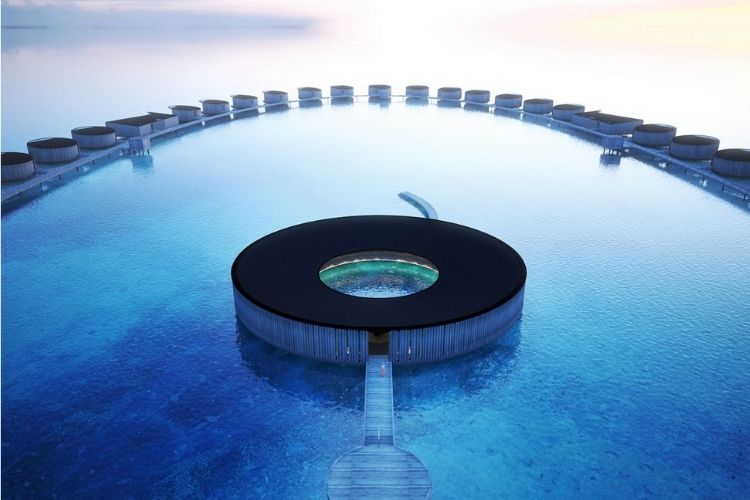Upcoming property of Marriott International’s flagship brand, The Ritz-Carlton Maldives, Fari Islands unveiled the third edition of ‘Sangu’ Magazine. Sangu is the monthly news magazine of the ultra-luxury island retreat.
The third edition of Sangu uncovers an exciting partnership debuting to the Indian ocean. Moreover, the magazine also includes information on underwater experiences available at The Ritz-Carlton Maldives.
Sangu is the Dhivehi word for conch shell (or triton). Traditionally in the Maldives, the sound of Sangu denoted a meeting or news. Hence, alerting and gathering people in islands.
Meanwhile, the podcast channel of the resort ‘Sangu stories’ is designed to share the latest stories from the island to guests and followers worldwide. Furthermore, the podcast is hosted by Mark Hehir, the general manager of The Ritz-Carlton Maldives and a seasoned Maldives expert with over 30 years of experience.
Read the third edition of The Ritz-Carlton Maldives’ Sangu magazine HERE.
About The Ritz-Carlton Maldives, Fari Islands
The upcoming Ritz-Carlton Maldives is located at the Fari Islands. The luxury integrated Fari Islands nestles in the North Malé Atoll of the Maldives. Hence, the island retreat is easily accessible via a 50-minute speedboat journey. Alternatively, holidaymakers can choose to access the resort by a 10-minute seaplane ride.

Travellers will find sandy beaches, turquoise lagoons and coral reefs with stunning marine life at the luxury resort. Furthermore, Ritz-Carlton also features a unique ‘Aris Meeha’ butler concept.
Shaped by the Maldivian sun and shored by the Indian Ocean, guest villas at The Ritz Carlton Maldives, Fari Island range in size from one to three-bedroom. Hence, features the refined elegance and legendary service that define The Ritz-Carlton brand.
Holidaymakers can now pre-book their stay at The Ritz-Carlton Maldives. Likewise, according to Ritz-Carlton’s website, the resort is a Category 8 Marriott Bonvoy property. This means The Ritz-Carlton Maldives is on the highest awards tier.
Feature image by The Ritz-Carlton Maldives, Fari Islands







